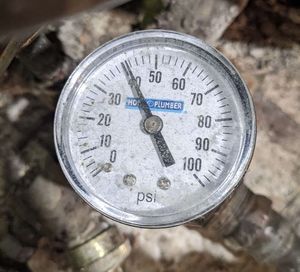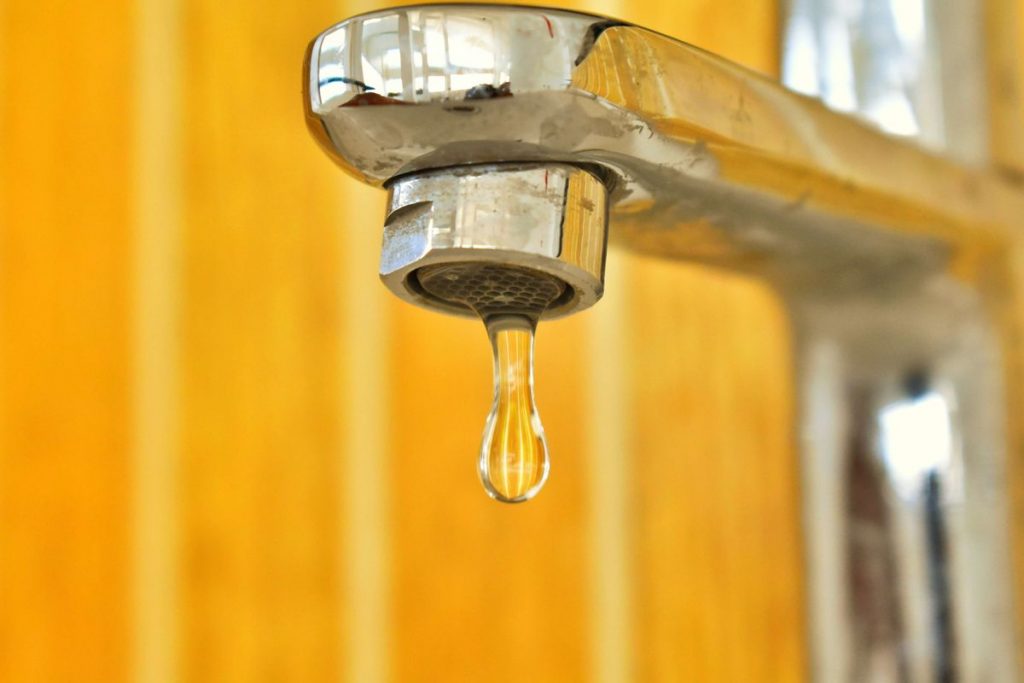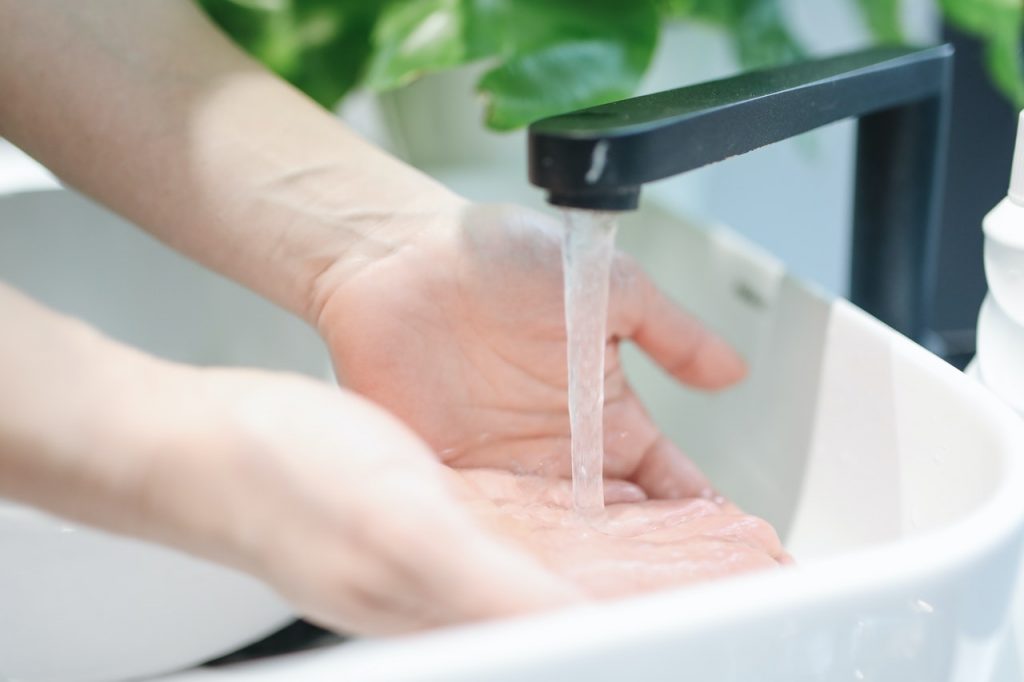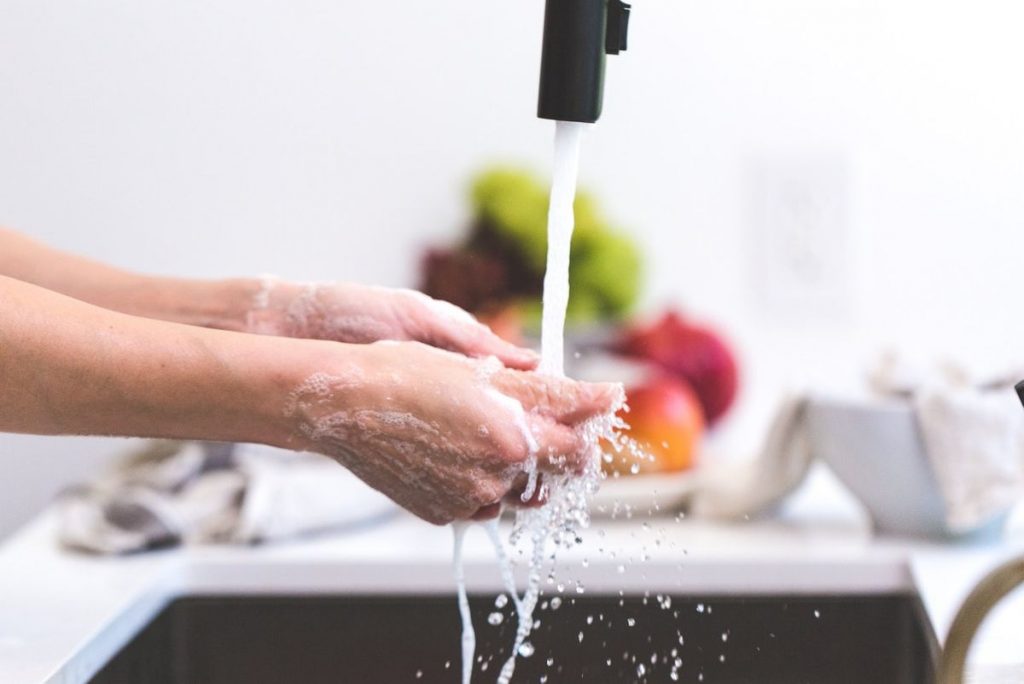Have you ever turned on your faucet only to be met with… nothing? No matter how long you leave the faucet open, no water comes out. You may not know what to do next or where to turn for help. If this happens to you, don’t panic! You will get through this. There are a few possible reasons why your well is suddenly not working. It could be due to a power flicker or the pressure tank, but it may also be because your well water pump stopped working.
With a little bit of investigation and maybe some help from a professional, you should be able to get your water flowing again in no time. Read on to find out what could be causing your problem and what you can do about it.
1. Your well pump has blown a fuse or tripped a breaker
First things first, check your breaker box. Your well pump could have stopped working due to an interruption in power. Sometimes resetting the breaker can fix this. If the breaker on the well pump circuit tripped for seemingly no reason, the well pump could be failing internally. Shorts in the wiring could cause an internal fuse to blow among other things.
If resetting the breaker or replacing a blown fuse doesn’t fix the issue, we recommend calling a technician to come in and take a look to determine whether the issue can be repaired or if you will need a new well pump.
2. Something is wrong with your pressure tank
Your well pump is connected to your pressure tank. As water is pumped into the tank, an air bladder compresses and creates the pressure needed to pump water throughout your home.

Your pressure tank could be the culprit. Inspect your tank and see if you can notice anything wrong with it. Check that your pressure gauge is reading something like 30-50 psi or 40-60 psi (see our dusty old pressure gauge for reference). If not, there’s a problem right away. Either the gauge is faulty or the entire pressure tank needs to be replaced. There are other problems that can occur with pressure tanks, too – the air bladder can get damaged, it can start rusting and pitting, it could not have the right pressure inside for the switch to operate, etc. If you suspect something is wrong with your pressure tank, we recommend calling in a plumber to take a look right away.
3. Problems with the components
We mentioned before that failing internal components can cause the circuit breaker to trip. The wiring could be wearing out, which can cause internal fuses to blow. There is the submersible pump, multiple valves, a control system, pressure switch, fittings, and more! Unfortunately, if one critical part stopped working, it could cause the entire system to fail.
We’d recommend trying to rule out the other causes before looking into the entire system, as it is a lot trickier and you will almost always need a technician to troubleshoot for you.
4. Excessive wear and tear on the well pump
A well-made submersible well pump should last a good 15 years or so. However, there are factors that can cause excessive wear and tear on your pump and cause it to fail sooner than that. For instance, if the ground has a lot of sediment in your area, it can wear out the well pump quickly. If your well casing is made of PVC, it could be more prone to cracking and degradation if it is not encased in steel or concrete.
Of course, any physical impacts to the well can cause wear and damage, such as hitting it with a vehicle or a piece of gravel falling into the well.
5. Aquifer depletion – aka your well has “run dry”
If you noticed your water pressure gradually getting lower and then after a while, the water stops running completely, it could be a sign that the aquifer the well is drilled into is losing water faster than it is regaining it. Running the well pump excessively when there is no water can cause the motor to heat up and burn out.
This is the least likely scenario, but it doesn’t mean it isn’t possible. Aquifers can run low from a combination of low precipitation and many pumps pulling up water faster than the aquifer can replenish it. This is usually temporary, and the aquifer will gradually recharge itself.
To prevent this from happening or to just prevent your water pressure from dropping too much, it is a good idea to try to conserve water when you can. For instance, we have a household “rule” to limit laundry to three loads maximum per day and to not take baths on laundry days. Do we know if this is necessary? Not exactly, but when you are not on city water, you really have to think about these things.
Conclusion
There are many reasons why your well pump could have stopped working, from a tripped breaker to the pump itself failing. If this happens to you, it’s best to try troubleshooting the easy steps first and if you still aren’t getting water, it is time to call in a professional to take a look.
Have you ever had problems with your well? What did you end up having to do about it? Let us know in the comments!





